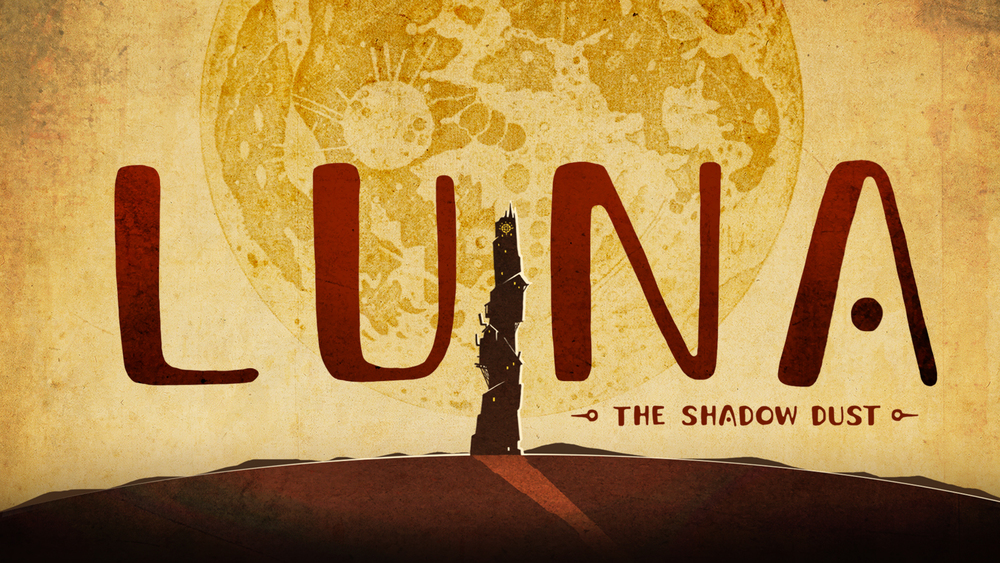Hand-drawn puzzle game, LUNA: The Shadow Dust, has had quite the journey since it came to Kickstarter in 2016. Developed by four-person team, Lantern Studio, the point-and-click adventure was first conceived as a student animation film. After completing a successful campaign and releasing a demo, LUNA draws ever closer to launch. Originally expected to come out in the Summer of 2019, the game is now set for a Winter release.
LUNA: The Shadow Dust tells a wordless story of light and dark as we follow the journey of a young boy. Through him we enter an enchanted world, meet an unusual companion, and ponder our way through an ancient tower filled with intricate puzzles.
We spoke with LUNA‘s art director Beidi Guo to find out more about the game ahead of its release later this year.
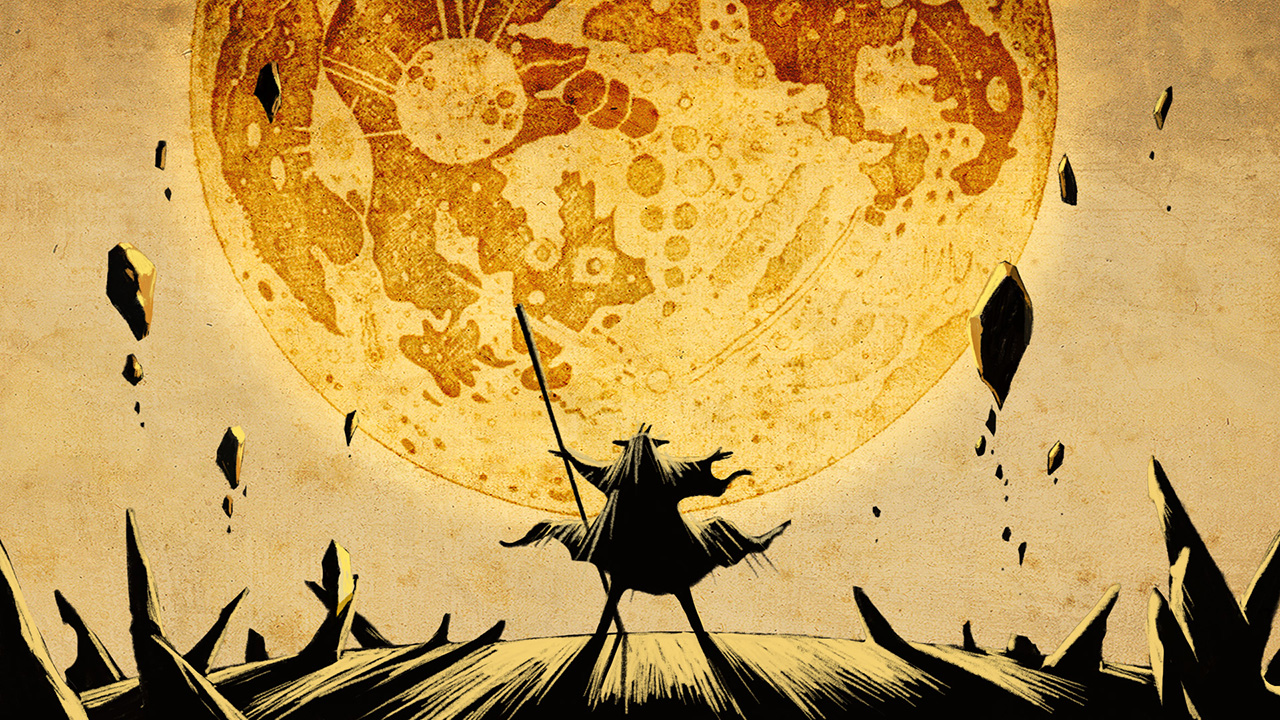
Cliqist: Using hand-drawn animation seems very labor-intensive. Why was it important to you to take such a traditional approach for LUNA: The Shadow Dust?
Beidi Guo: My passion for traditional animation is the biggest motivation behind this time-consuming process. Hand animation always has its special charm to me that cannot be replaced by other more tech-savvy animation forms like 3D. It allows us to maximize the vividness of the characters through both emotion and mobility. It also goes very well, the hand-painted, texture-rich style of background. I like things that feel more hand made with a bit of flaw, but tangible.
You’ve mentioned before that the game’s beautiful art style has been inspired by the likes of Studio Ghibli, illustrator Shaun Tan, and legendary comic book artist Jean Giraud. What drew you to these influences?
Japanese anime has been always a part of our childhood. I watched them on TV religiously every day. When I grew up, feature-length animation like Spirited Away inspired me even more to pursue my love of animation.
Since I later on studied animation in the UK, I discovered in the school library many more – not only motion picture artists, but book illustrators and comic artists like Shaun Tan and Jean Giraud. By using different media, artists can express themselves in a different way. It is really inspiring.

Point-and-clicks are a fairly rare genre these days. What made you decide to take the game in this direction?
The experiences from early point-and-click games remind me of reading picture books. We think LUNA: The Shadow Dust, as not a very fast-paced puzzle game, can really benefit from this genre. It was the first time we made a game as a team, technical-wise speaking, so this genre creates less tech issues for us as well.
The mysterious cat-like companion we meet in the demo has already become the game’s unofficial mascot. Can you tell us more about where he came from?
This character has an official name: Layh. However, the entire game doesn’t have a dialogue system so there’s nowhere we can let the players know this during the game (lol). This is not its final form and it plays a very important role in the whole story. The bond between this little ball and the boy could be stronger than it seems. There are 20 minutes of cinematics in the game in total, and the demo only shows a glimpse of it. The adventure only starts from here.
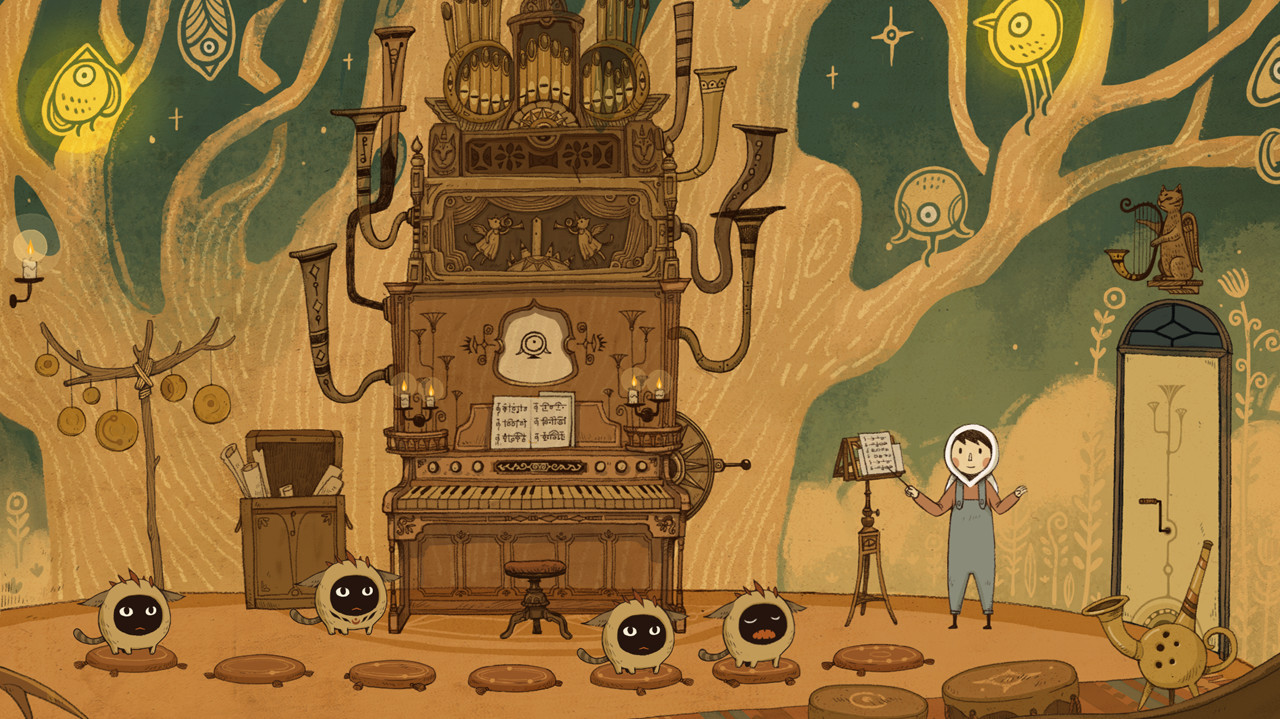
The game’s demo features several puzzles revolving around light, as well as teamwork between the two playable characters. What kinds of puzzles can we expect from the rest of the game?
The light represents order, magic, hope, and memory. However, without dark there will be no light in comparison, and vice versa. In the game of LUNA, the light and shadow does not simply represent good or evil. The story is about how the two characters restore the balance between light and dark of that magical world.
LUNA: The Shadow Dust enjoyed a successful Kickstarter campaign back in May of 2016. Do you have any advice for other indie devs who are considering using Kickstarter to fund their projects?
We did about 1-2 months of research and preparation for the campaign. Most importantly, we think the player would want to play a demo and would like to watch a trailer. These two elements are the key.
We were successfully funded in the end but we could have spread the word more if we started using social media and talking to people and press about it earlier, then we might have achieved an even better result. Also, if your first-time campaign did not meet your goal you can always try a second time later. A lot of our indie friends’ games were funded in their second round.
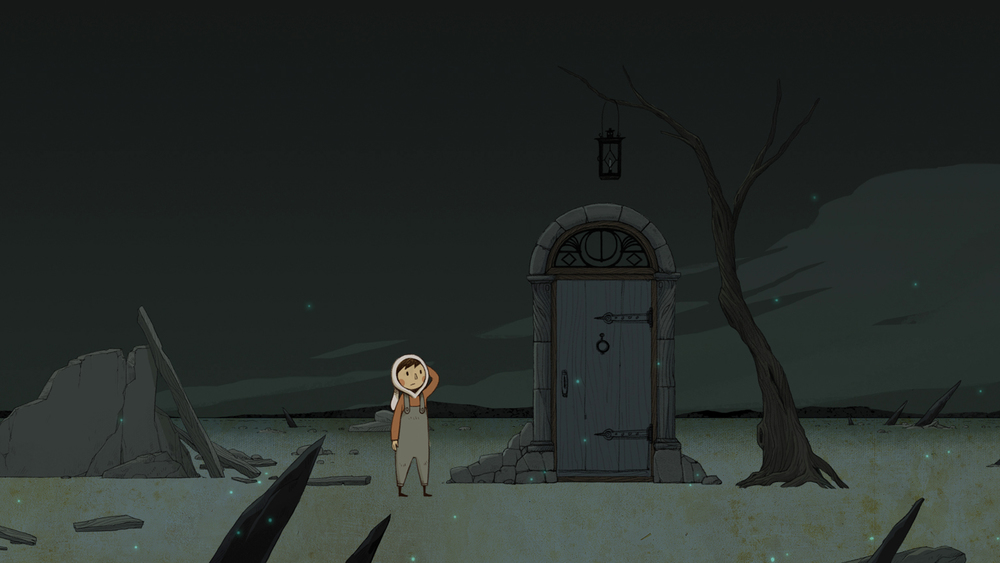
In the campaign you explain your choice to eschew traditional dialogue trees in favor of cinematics. How did you go about conveying a dialogue-free story?
It is one of the biggest challenges during development. I have to study a lot of non-dialogue games, animation, and comics to find the best way of storytelling without text. But I do believe there are some universal languages that can be understood among all of us. We read body language, facial expressions, and we’re very good at using our imagination to fill the gaps. So I need to make sure I deliver these details on our characters properly. We also use as much visual information as possible in the game to tell the lore of the world in a subtle way. Players can find it on the wall paintings, among the background, etc.
The game was originally set for a Summer 2019 release, but has since been pushed back to Winter. What was behind the decision to move the release date back?
Health is one of the reasons behind it. After years of very intense works and pressure, some of the team members’ health issues are getting a bit worrying, so we decided to take it a little bit slow now rather than push any of us into the hospital later.
Another reason is that we are preparing not only to launch the game on Steam first but to see if we can cover some other platforms all over the world, so there’s quite a lot of legal, tax, and admin processes involved which eventually has slowed things down a bit. But we’re definitely looking to release the game this year. We’re really blessed in a sense that our fans and followers have always been very patient and supportive. We sincerely appreciate this.
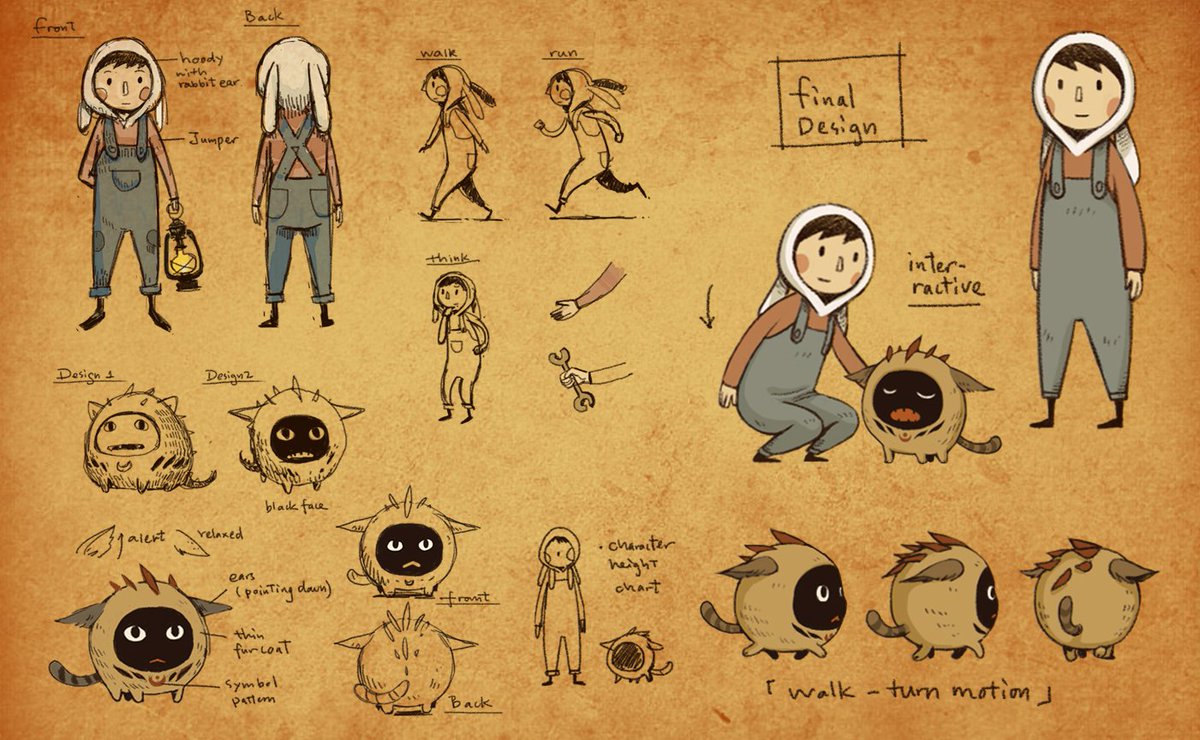
What would you say is the biggest challenge in bringing your game to life as a small indie developer?
For us individually the challenge is to fully trust and respect each other’s expertise in their role and always try to find a way to reach a group decision. We can not reach this far alone. It is teamwork. As a small indie team, apart from making this game, I have to say everything else is a challenge – publishing, marking, accounting, financial struggles, health issues, etc. We made many mistakes and learn something new every day. In exchange, we think we’ve had the creative freedom that we wanted.
Lastly, are there any other projects you’re currently working on that you’d like to tell us about?
We’re now working on the digital version of LUNA: The Shadow Dust‘s art book and music album. We’re also working on a physical hardcover of the art book, which includes more behind the scenes footage, sketches, and articles about the game that you can’t find anywhere else!
We’d like to say a huge thank you to Beidi and Lantern Studio for taking the time to answer our questions. You can keep up with LUNA: The Shadow Dust on their website, Twitter, YouTube, and Discord. Check out the latest trailer for the game below.
